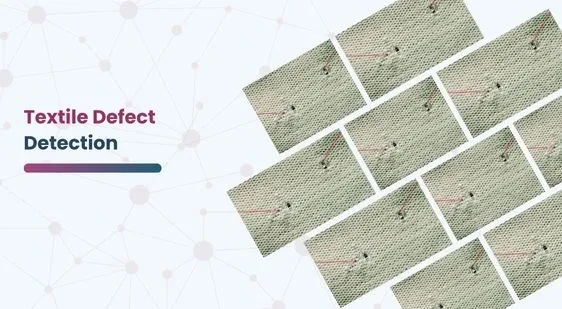Textile Defect Detection
Home » Dataset Download » Textile Defect Detection
Textile Defect Detection
Datasets
Textile Defect Detection
File
Textile Defect Detection
Use Case
Computer Vision
Description
In the context of textile fabric, rare anomaly can occurs, hence compromizing the quality of the tissus. In order to avoid that in some scenario, it is crucial to detect the defect.

About Dataset
Context
Sometimes, rare problems can happen with textile fabrics, which can affect their quality. To prevent this from happening in certain situations, it’s important to be able to spot these defects. This dataset is meant for learning purposes.
Content
The images are either 32×32 pixels or 64×64 pixels in size. There are different types of classes: ‘good’, ‘color’, ‘cut’, ‘hole’, ‘thread’, and ‘metal contamination’. Each image can be rotated in eight different ways: 0, 20, 40, 60, 80, 100, 120, or 140 degrees. There are separate sets of images for training and testing. The patches in these datasets are randomly generated from source images, and there’s no overlap between the source images used for training and testing.
different tasks are possible:
Classify the types of defects.
Predict the angle of rotation, but only using images of “good” quality for training and testing on other types of defects.
Learn about the texture or patterns in the images without needing labels, a bit like teaching yourself.
Acknowledgements
This dataset comes from MVTec, a company that provides technology for machine vision. It’s called MVTec AD, and it’s used for finding problems in images without needing someone to point them out. The dataset was presented at a big conference called CVPR in June 2019.
Inspiration
The main aim of this dataset is to use self-learning techniques to analyze texture images. This helps in identifying anomalies without needing specific instructions on what to look for. Instead of relying on traditional methods like glcm or gabor, the focus is on developing a strong understanding of textures within the images.
Contact Us

Quality Data Creation

Guaranteed TAT

ISO 9001:2015, ISO/IEC 27001:2013 Certified

HIPAA Compliance

GDPR Compliance

Compliance and Security
Let's Discuss your Data collection Requirement With Us
To get a detailed estimation of requirements please reach us.
